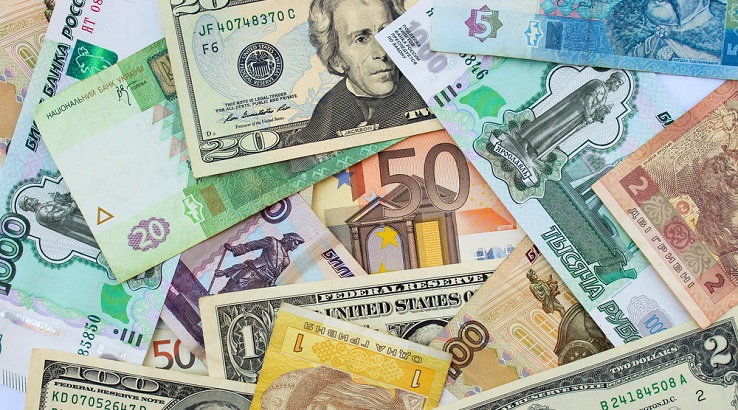Mumbai: India’s current account deficit widened to USD 23 billion or 2.7 per cent of the GDP in the December quarter, the Reserve Bank said Thursday.
The health of the current account, which is a key indicator of a country’s external strength, has deteriorated when compared to the preceding September quarter as well as the year-ago period.
The deficit was at USD 9.9 billion or 1.3 per cent of the GDP in the second quarter of the fiscal while the same stood at USD 2.2 billion or 0.3 per cent of the GDP in the year-ago period, the data on Balance of Payments showed.
For the first nine months of the fiscal, the current account deficit came at 1.2 per cent of the GDP as against a surplus of 1.7 per cent in the April-December 2020 period.
The widening of the current account deficit in the December quarter was attributed by the central bank to pressures on the trade deficit front with the gap on the goods front increasing to USD 60.4 billion as against USD 34.6 billion in the year-ago period due to rising imports.
Net services receipts increased, both sequentially and on a year-on-year (y-o-y) basis, on the back of robust performance of net exports of computer and business services.
Private transfer receipts, mainly representing remittances by Indians employed overseas, came at USD 23.4 billion, which is an increase of 13.1 per cent from their level a year ago, as per the data.
Net outgo from the primary income account, mainly reflecting net overseas investment income payments, increased to USD 11.7 billion, which is higher when compared to the preceding September quarter and also the year-ago period.
On the financial account front, the net foreign direct investment recorded an inflow of USD 5.1 billion, which is lower when compared to the USD 17.4 billion in the year-ago period.
Non-resident deposits recorded net inflow of USD 1.3 billion as compared to USD 3 billion in December quarter of last fiscal.
There was an accretion of USD 0.5 billion to the foreign exchange reserves on a BoP basis as compared to USD 32.5 billion in the year-ago period.
Rating agency Icra’s chief economist Aditi Nayar said the USD 23 billion deficit has undershot her expectation on a better than anticipated outcome for goods, services and secondary income.
Nayar said she expects the gap to narrow in the last quarter to USD 17-21 billion on the impact of the third wave on imports.
If the ongoing geopolitical tensions between Ukraine and Russia push up the average price of the Indian crude oil basket in FY23 to USD 105 per barrel, the current account deficit is projected to widen to USD 90-95 billion or 2.5 per cent of GDP in FY23, she added.
For the first nine months of the fiscal, the current account slipped into deficit on a more-than-doubling of the deficit in the goods trade to USD 135.6 billion as against USD 60.4 billion in the year-ago period.
Net FDI inflows at USD 26.5 billion in April-December 2021 were lower than USD 41.3 billion in April-December 2020, which saw huge investments in ventures promoted by Mukesh Ambani-led Reliance Industries.
PTI
